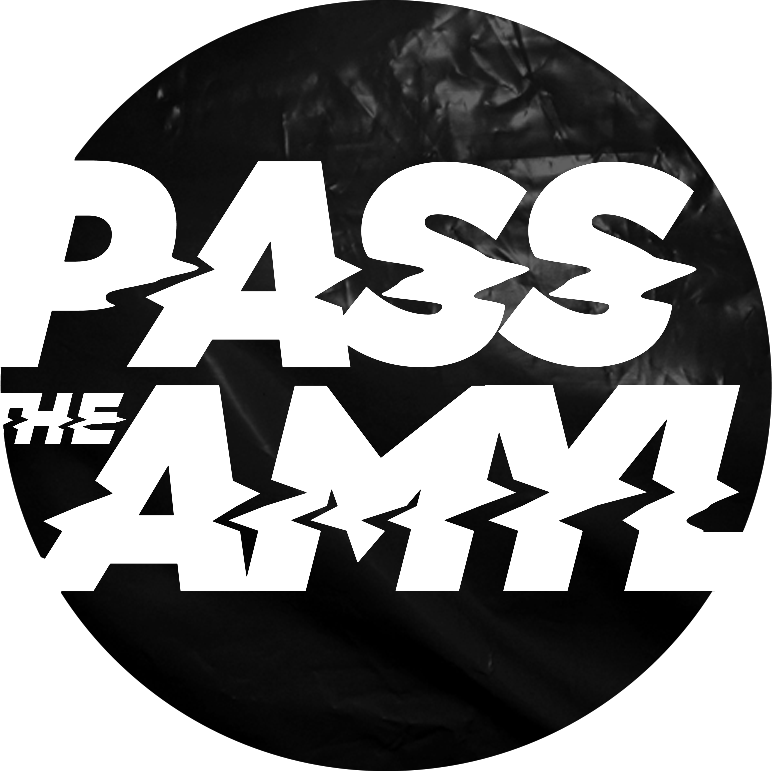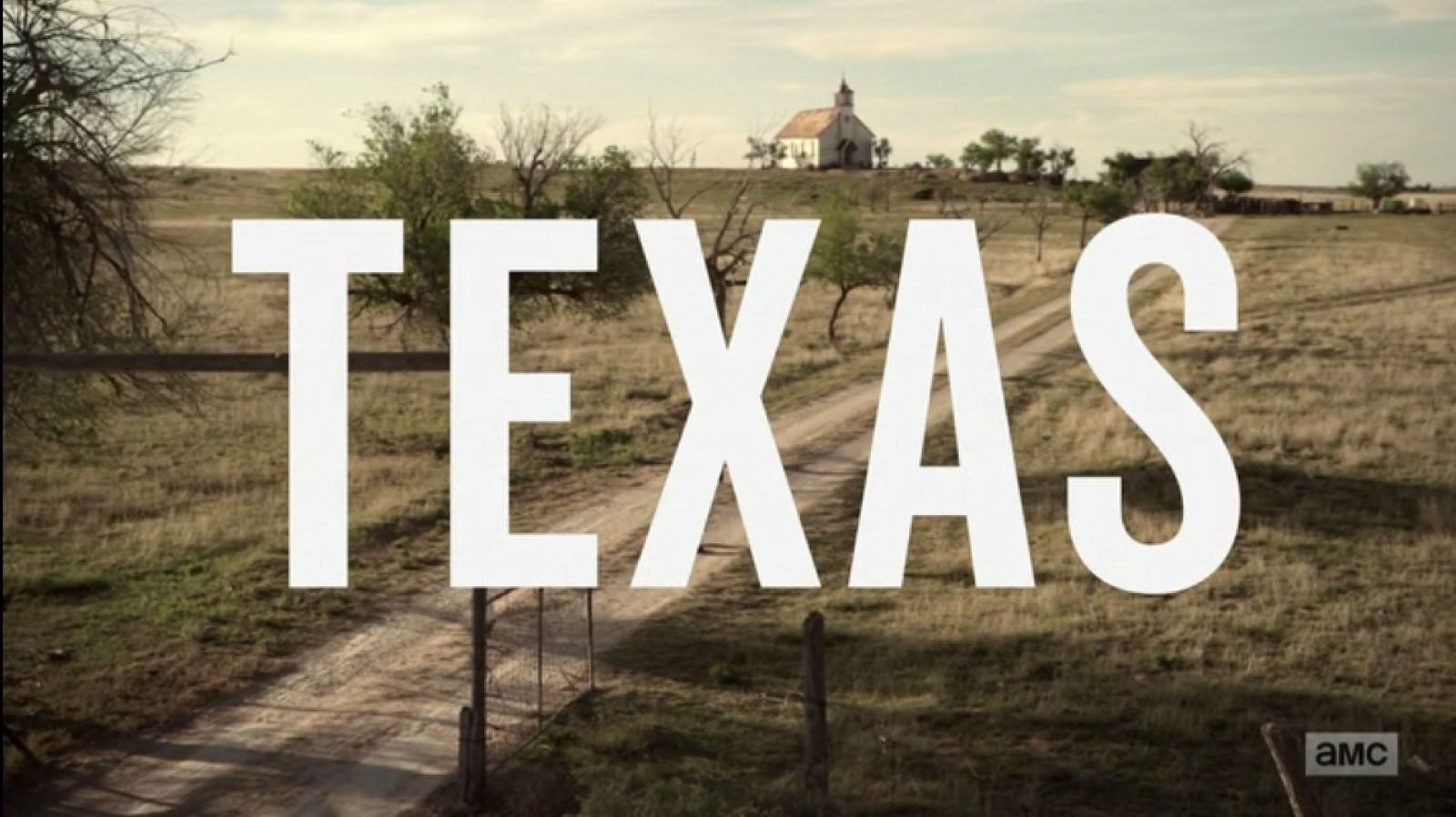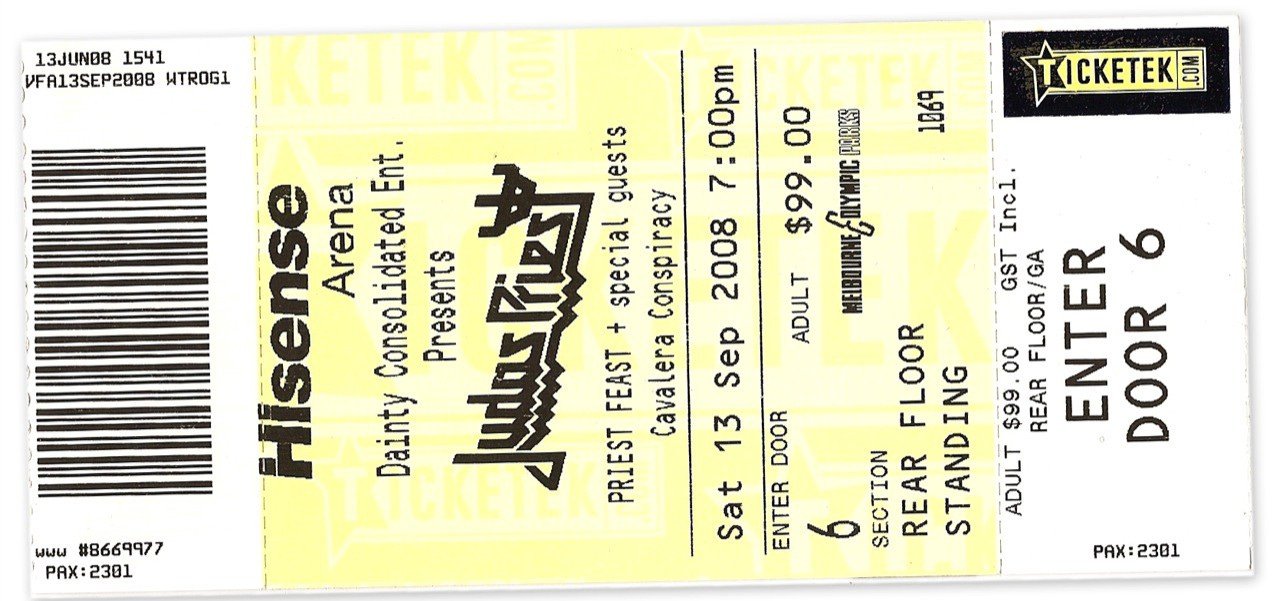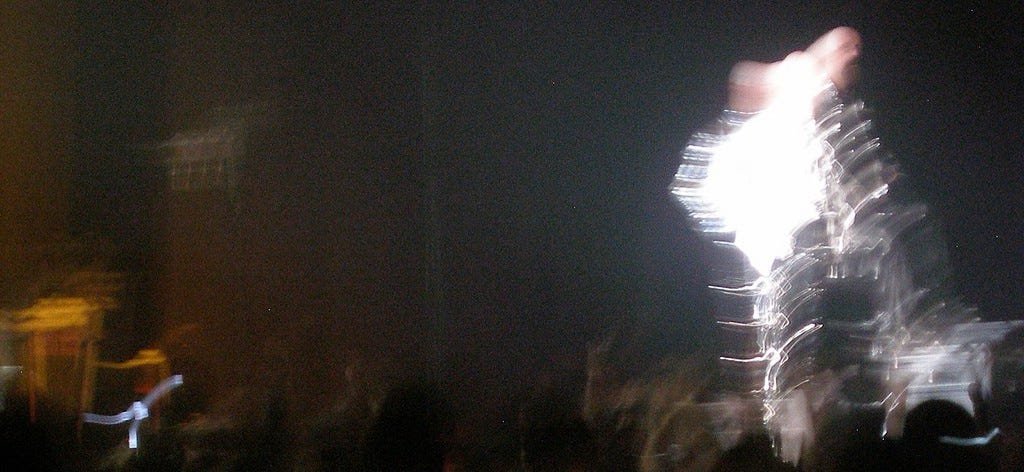THE President of the United States of America is caught, on-mic, salaciously remarking on the French First Lady’s physical fitness.
Jodie Whittaker, the first actress to take on the role of Doctor Who, is slut-shamed by Rupert Murdoch’s red tops. Her crime? Appearing naked in previous performances.
A Saudi woman is arrested for wearing climate-appropriate clothing in Riyadh.
Hawa Akther, a Bangladeshi student, has her writing hand mutilated by her husband in a barbaric effort to prevent her from studying.
In Melbourne, a young woman is found dead in a shower the morning after a buck’s party. The police declare there are no suspicious circumstances. Released without charge, an unnamed partygoer, utterly devoid of compassion, casually admits he was worried his group had been “stitched up”.
These incidents took place in the space of one short week in July.
They are a minute sampling of the stories involving the abuse of women in the perpetual churn of the news cycle.
Millions more incidents, many undoubtedly perceived as prosaic by their perpetrators, some bearing all the trappings of extremism and misogyny, are being committed all around us, every second of every day.
Graffiti in Bourke St Mall — “AUSTRALIA 2016: 71 WOMEN KILLED BY VIOLENT MEN. 0 DEATHS BY TERRORISM. #EndMaleTerrorism”
***
Marketing material for SBS On Demand’s The Handmaid’s Tale depicts a young, disfigured woman sheathed in a demure scarlet cloak, her bonnet evoking 17th century Puritanism.
Paraphrasing 1 Corinthians 7:4, the poster starkly declares ‘your body is no longer your own’.
Based on Margaret Atwood’s 1985 novel, The Handmaid’s Tale is set in the Republic of Gilead, a near-future dystopia, which we eventually surmise is the United States of America subsumed by a theocratic, patriarchal police state.
‘Gilead’ — a name drawn from the Old Testament — is connected to the story of Jacob and his infertile wife Rachel in Genesis 30: 1–3. The founding dogmatic precept of the Republic — a totalitarian regime forged in the midst of a global fertility crisis — is rooted in the following biblical verse:
“Jacob’s anger burned against Rachel, and he said, “Am I in the place of God, who has withheld from you the fruit of the womb?” She said, “Here is my maid Bilhah, go in to her that she may bear on my knees, that through her I too may have children. So she gave him her maid Bilhah as a wife, and Jacob went in to her.”
The Handmaid’s Tale focuses on handmaid Offred, played with cool resolve by Top of the Lake’s Elisabeth Moss.
Assigned to Commander Fred Waterford (Joseph Fiennes, Shakespeare In Love) and his wife Serena Joy (Yvonne Strahovski, Dexter), Offred (‘of Fred’) — her identity erased by her status as the Waterfords’ slave — is a fertile woman tasked with bearing the barren couple’s first child.
This process, as suggested by Jacob and Rachel, is undertaken in a monthly ritual benignly known as ‘The Ceremony’. In truth, The Ceremony is a rape, committed in the presence of the Commander’s wife and household staff.
Founded by the Sons of Jacob — a cabal of wealthy white men for whom Catholicism is too wishy-washy (as evidenced by the demolition of a cathedral in an early episode) — Gilead and, more broadly, the world of The Handmaid’s Tale is shrouded in a harrowing, forever-grey pall of repression and misogynistic abuse.
Image by Garth Jones, 2017.
Embracing the extremes of Old Testament morality, the Sons of Jacob (masterminded by Waterford) have imposed a regime in which women are tagged and prodded like cattle, eye for an eye punishments are meted out and “gender traitors” — homosexuals — are either genitally mutilated (fertile women) or executed (men).
Using omnipresent surveillance, paranoia, fear and violent intimidation to keep the populace supine, the Sons’ fundamentalist doctrine invites parallels with authoritarian governments in the East and West. Even the spectre of ‘fake news’ is conjured by the Sons’ deployment of propaganda and misinformation during the initial assassination of the U.S. President and the overthrow of the government.
Contrasting Offred’s dire predicament with flashbacks to her thoroughly modern pre-Gilead life, The Handmaid’s Tale offers us an insight into the inexorable creep of oppression under a tyrannical administration.
As the Sons of Jacob draw down the veil of subjugation, we watch with heart quickening dread as the female population’s independence is first denied, and then their personhood is erased and redefined by her reproductive, domestic or bureaucratic obeisance to the patriarchy.
Chiding Offred’s rebellion, a genuinely bewildered Waterford admonishes her, as if a child: “(but) we’ve freed you to fulfill your biological destiny”.
The Sons of Jacob believe that, by enacting their medieval societal reforms, their tainted Republic will be saved from the infertility crisis and inevitable doom.
Written in the mid-’80s, Margaret Atwood’s The Handmaid’s Tale exists in the vanguard of cautionary science fiction. In the tradition of Philip K Dick’s Man in the High Castle, Aldous Huxley’s Brave New World, Alan Moore’s V for Vendetta and George Orwell’s 1984, Atwood’s novel also imagines a dystopia in which society has surrendered to authoritarian rule.
This adaptation, which aired on US television in May, is a gruellingly effective episodic horror story. Paralleling contemporary socio-political concerns, this first series is a gripping revelation, a timely warning on the dangers of fundamentalism in all its forms.
At times unbearable to watch — its plot machinations traumatic and fraught with tension — The Handmaid’s Tale is, nonetheless, essential viewing. With that in mind, the more delicate viewer should rest assured that, despite the unsettling verisimilitude of Atwood’s story, there do exist moments of catharsis and empowerment, hinting that, while hope may be a cruel indulgence under the reign of the Sons of Jacob, resistance may not be entirely futile.
***
In documentarian Cassie Jay’s recent film The Red Pill, Men’s Rights Activists bemoan a culture they perceive to be unfairly weighted in favour of womens’ redress. They purport to feel victimised by society’s agonising grind towards a semblance of equality. They rail against their own perceived demotion down the gender and class pecking order. They post online screeds about feminism ‘destroying’ their ur-masculine pop cultural birthright, be it Charlize Theron’s Furiosa in Mad Max: Fury Road or, indeed, a woman playing Doctor Who for the first time in the program’s fifty year history.
Frighteningly, the truth still remains: to be male, white and comparatively well off in 2017 is to exist in a rarefied bubble of privilege and entitlement, ignorant or — perhaps worse — dismissive of those who are oppressed based on gender, sexuality, physical ability or race.
We live in a world of Healthcare legislation committed to the denial of female stewardship of one’s own body — the right to choose and exercise self-determination. Women are still terrified to walk home alone at night. Domestic abusers are characterised as dedicated family men who just had a bad day at the office.
Our politicians scapegoat, humiliate and objectify. Sexual and emotional abuse is laughed off as locker room talk, ‘boys being boys’. Slippery language continues to vilify and victimise, and the question stubbornly remains “was she asking for it?”.
The Handmaid’s Tale is a prescient reminder to us — humanity — to remain ever vigilant. To value and fight for every hard won freedom, to be defiant in the face of creeping authoritarianism.
To paraphrase Edmund Burke: “all that is required for evil to flourish is for good people to do nothing”.
Or, as the series’ advertising campaign entreats:
‘This is not normal’.
‘Know the lies behind their laws’.
‘We will bear no more’.
The Handmaid’s Tale is streaming on SBSOnDemand now.
An edited version of this text appeared in Crosslight, August 2017 & http://crosslight.org.au/2017/07/22/telling-tale/
































